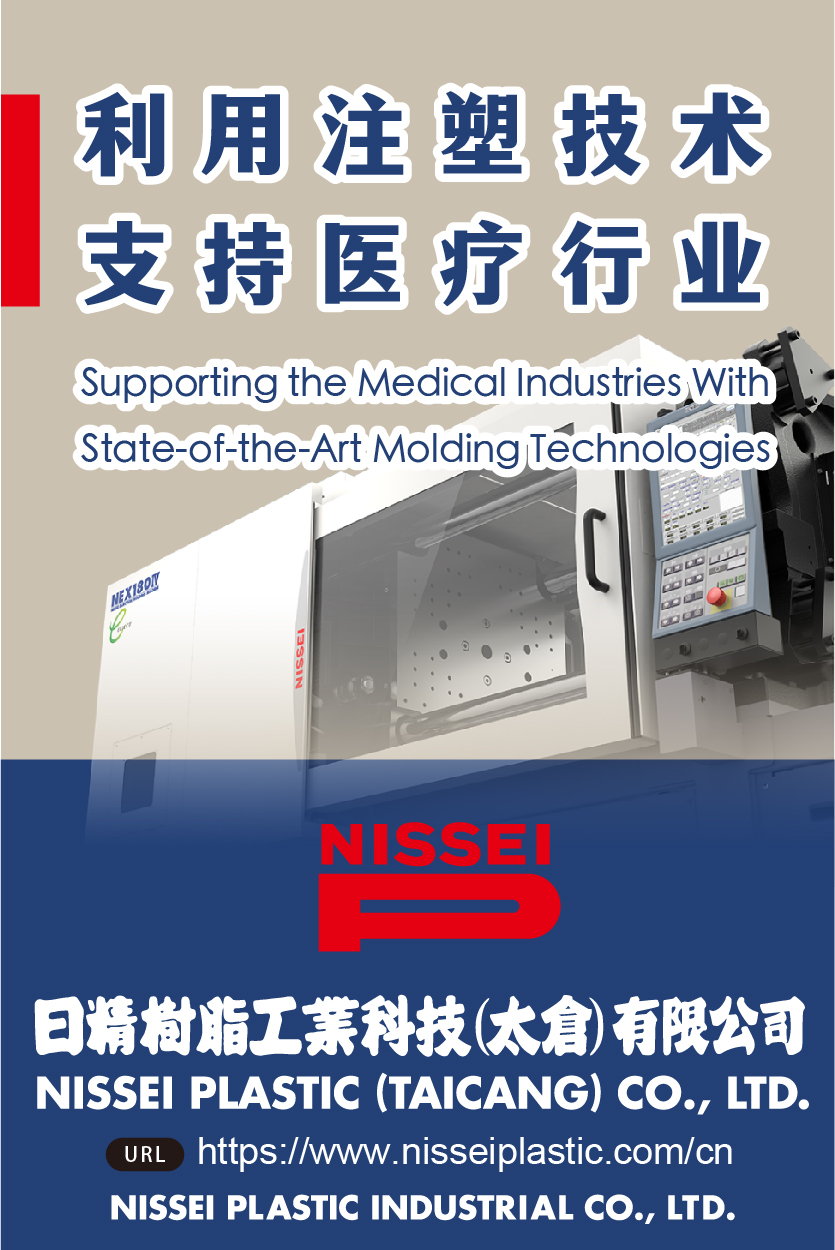Managing Miniaturization: Thermal Protection Is Critical at Any Size

Medical devices have been around for centuries. Egyptians designed bronze scalpels and lancets almost 5,000 years ago, but today, pacemakers, artificial joints, and 3D-printed implants are the norm, and far more compact and complex. Often filled with electronics, batteries, and sensors, thermal protection has become critical to designing devices that can meet the stringent regulations around the world for patient safety and the need for longevity.
The development of modern medical device technology began in the early 1900s, led by advances in cardiology. In 1903, the first ECG (electrocardiogram), designed to measure heart arrhythmias, was two meters tall, several meters wide, and weighed around 270 kg. It required a whole room to house it. Today, ECGs are typically smaller than an iPhone (5-10 cm long and a few mm thick) and weigh just 10-25 grams. Similarly, early ablation catheters, first used in the late 1960s to treat heart arrhythmias with electrical stimulation, were 2.7–4 mm in diameter. Modern ablation catheters are between 1–2.3 mm—no thicker than a thin copper wire.
Over time, with the introduction of semiconductors in the 1980s, medical devices have become significantly smaller, lighter, and more precise. Their use has expanded beyond diagnostics to include treatment, even helping in managing patient health remotely or inside the human body.
But as more components—computer chips, sensors, and batteries—are crammed into increasingly smaller devices, designers and manufacturers face more formidable constraints in incorporating thermal protection to ensure both patient safety and device integrity. Indeed, the most common request from medical device manufacturers is, “How can we further minimize the space required to thermally protect our new product designs?”
Why Is Thermal Protection Important?
Thermal protection in medical devices is critical for keeping patients safe. Some ablation treatments, for instance, use heat to selectively destroy tumors and endometrial or cardiac tissue. Without appropriate thermal protection, the instruments can cause unwanted tissue damage. Other modern devices and implants, such as pacemakers or insulin pumps, contain electrical components that, if they overheat, can fail or reduce the device’s lifespan, potentially endangering the patient.
Medical sensors in devices that treat or diagnose conditions are susceptible to thermal noise. This noise can lead to fluctuations in readouts, distort images, and result in the mismanagement or incorrect diagnosis of patients. Increasingly, wearable devices incorporate sensors that allow doctors to remotely monitor a person’s heartbeat or glucose levels.
The smaller the devices become, the more convenient they are for medical staff to use; the more comfortable and unobtrusive they are for patients to wear; and if implanted, the quicker and easier they are for patients to recover from surgery. Miniaturization makes all of this possible.
The challenge of managing heat, however, never goes away. Even a change of just a few degrees can cause tissue and component damage, impact patient safety, or lead to discomfort in the case of smart wearables. Transient thermal events can be triggered by high environmental temperatures, short circuits, faulty electrical components, or batteries. The excessive heat and energy released in surgical instruments, for instance, can damage adjacent components or burn tissues and organs of a patient.
Some surgical instruments, such as ablation catheters, generate pulses of high heat. The fast-cycled temperature changes are crucial to maximizing their efficiency, but cause wear over time. Repeated fluctuations in ambient temperature or heating and cooling during sterilization or surgical procedures reduce their performance and lifespan. Therefore, thermal management is key.
Thermal Stability, Insulation, and Thermal Protection
Traditionally, materials for medical devices have been chosen based on their thermal stability and insulation properties, particularly those that resist degradation from extreme temperatures or effectively prevent heat transfer between different sections or components of the device.
In manufacturing components, thermal stability is defined as a material’s ability to maintain its structure and functionality at elevated temperatures. For example, Polyether ether ketone (PEEK) can only survive temperatures up to 250°C before degrading. During radiofrequency (RF) ablation, for instance, catheters deliver high-frequency electrical energy to cardiac tissue. The 70°C heat generated must be precisely targeted to avoid damaging surrounding tissues and components; therefore, the shaft and handle are constructed from materials with high thermal stability to prevent heat from travelling from the tip to the surgeon’s hands or the internal wiring and sensors.
Thermal insulation prevents or slows the transfer of heat between components, and is especially important in steady-state applications. In an ablation catheter, insulating materials are used to electrically and thermally isolate each electrode, reducing cross-interference and heat transfer. They are also applied around the sensors so that they only measure the temperature of the target tissue instead of the ambient or internal device temperatures.
Today, thermal stability and insulation alone are insufficient, especially in more complex devices. Greater protection against transient thermal events or heat shocks is needed. Modern materials provide thermal protection, which serves to buffer against temperature surges, rather than simply resistance and insulation. Devices and patients are safeguarded from extreme temperatures by rapidly dissipating or redirecting excess heat away from core components, effectively acting as a mini thermal break for temperature spikes. In an ablation catheter, for instance, this process quickly lowers the temperature near the catheter’s tip, absorbing heat around the tip and sensors to prevent overheating.
Currently, there is a need for greater understanding and appreciation of the benefits that modern thermal protection systems or materials offer. All too often, the medical device industry still relies on temperature-resistant and insulating materials for thermal protection. However, this new generation of thermal protection materials provides better optimization of temperature control in medical devices and, consequently, offers opportunities for design and cost efficiencies to be realized.
TPS Evolution
The evolution in TPS comes from modern materials providing effective thermal protection while simultaneously addressing designers’ and manufacturers’ most pressing need for space. Thermal protection tape is designed for medical device engineers, product designers, manufacturers, and R&D teams seeking advanced thermal management solutions. These tapes shield devices from extreme temperature impacts during transient thermal events ranging from -200°C to 2,400°C. Most notably, the tapes are exceptionally thin, starting at less than 200 microns, while remaining mechanically robust and flexible. This makes them ideal for integration into designs and components with extremely tight space constraints and highly complex geometries.
Even with a single layer, these tapes can reduce localized, extreme temperatures, preventing damage to both medical devices and body tissue alike.
Conclusion
Material science is set to keep pace with the exacting and specific requirements of the medical device industry. The new tapes fit easily into the ever-tighter and more complex spaces of the miniaturized tools and devices the industry is developing to diagnose, treat, and monitor patient health.
While minimizing space is the primary goal of product designers and manufacturers, these innovative material designs are biocompatible, chemically inert, easy to apply, and, critically, offer a high degree of temperature protection to ensure the long life of both the device and the patient.
(source:MPO)









